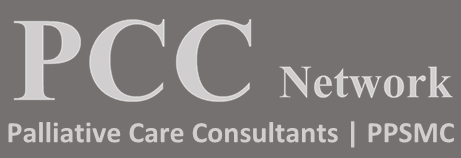Screening vs Assessment of Symptoms
Providing high quality palliative care to individuals and their loved ones involves all members of the team actively identifying and addressing patient symptoms in a timely manner. All healthcare providers have a responsibility for screening patients for symptoms when providing palliative and/or end of life care. Regardless of professional scope of practice, all health care providers should share these observations with other members of the team. Registered healthcare providers (physicians, nurses etc.) have the added responsibility of formally completing comprehensive assessments of the symptoms identified as being a priority for the patient.1,2,3,4
Screening for Symptoms1234
- Relatively quick/easy simply ask if a symptom is present
- We should screen for symptoms every shift/visit, any time there has been a change in medical status, before/after a procedure etc.
- Your next steps, after an individual has screened positive for a symptom, will depend on your healthcare provider role. For example, a social worker’s patient who screens positive for a symptom will go on to alert other members of the team about this, such as the nurse who can then complete a comprehensive symptom assessment.
Assessment of Symptoms1,2,3,4
- A comprehensive symptom assessment should be completed for any symptom that has a severity rating of 4/10, or higher, or if the symptom has been worsening/not improving.
- Assessments can only be completed by registered healthcare providers (i.e., nurses, physicians ). After completing the assessment, the registered healthcare provider will communicate the findings with the multidisciplinary team members, particularly with a registered prescriber, in a timely manner as needed.
- Findings from these assessments are critical for the team in developing a care plan to best address the symptom for the individual experiencing it.
Helpful Tools
- Symptom Screening Tool: Edmonton Symptom Assessment System Revised (ESAS-r)
- Comprehensive Symptom Assessment Tool: Fraser Health Symptom Assessment Acronym – OPQRSTUV
References
- Registered Nurses’ Association of Ontario. (2013). Best Practice Guideline: Assessment and Management of Pain, 3rd Ed.
- The Pallium Palliative Pocketbook (E-book): a peer-reviewed, referenced resource. 2nd Cdn ed. Ottawa, Canada. Pallium Canada, 2020.
- Pasero, C., McCaffery, M. (2011). Pain Assessment and Pharmacologic Management. St. Louis, MO: Mosby.
- Ferrell, B., Coyle, N., & Paice, J. (2015). Oxford textbook of palliative nursing (4th ed.). New York, NY: Oxford University Press.
Download Tip of the Month




